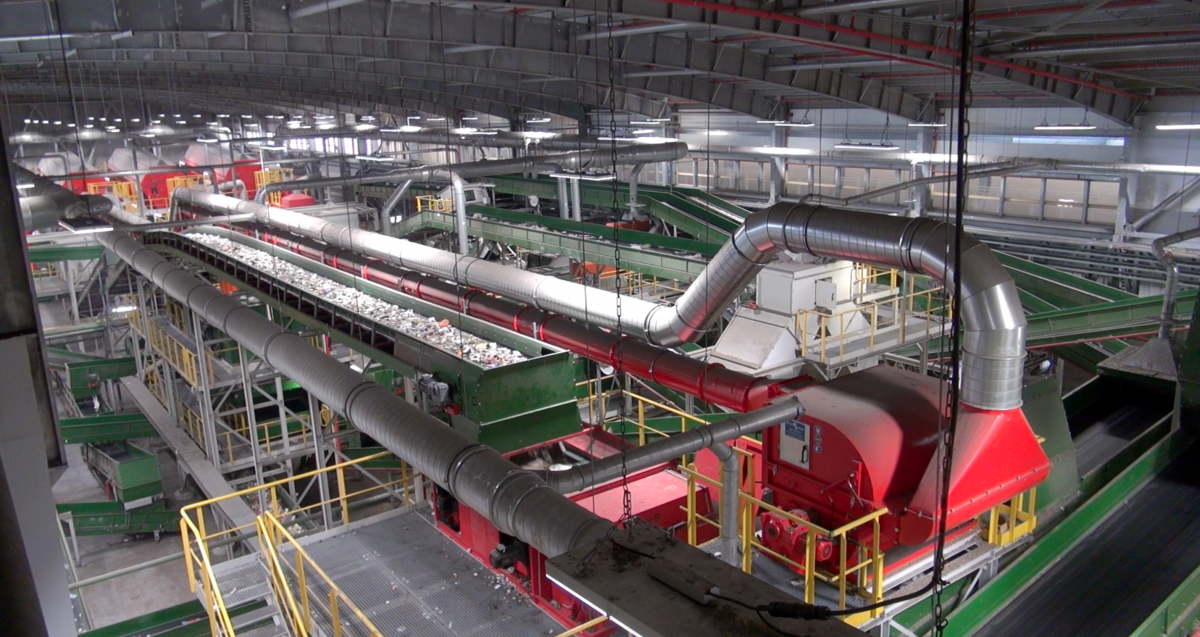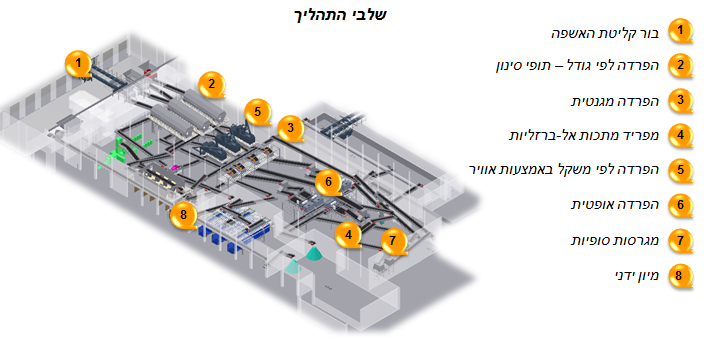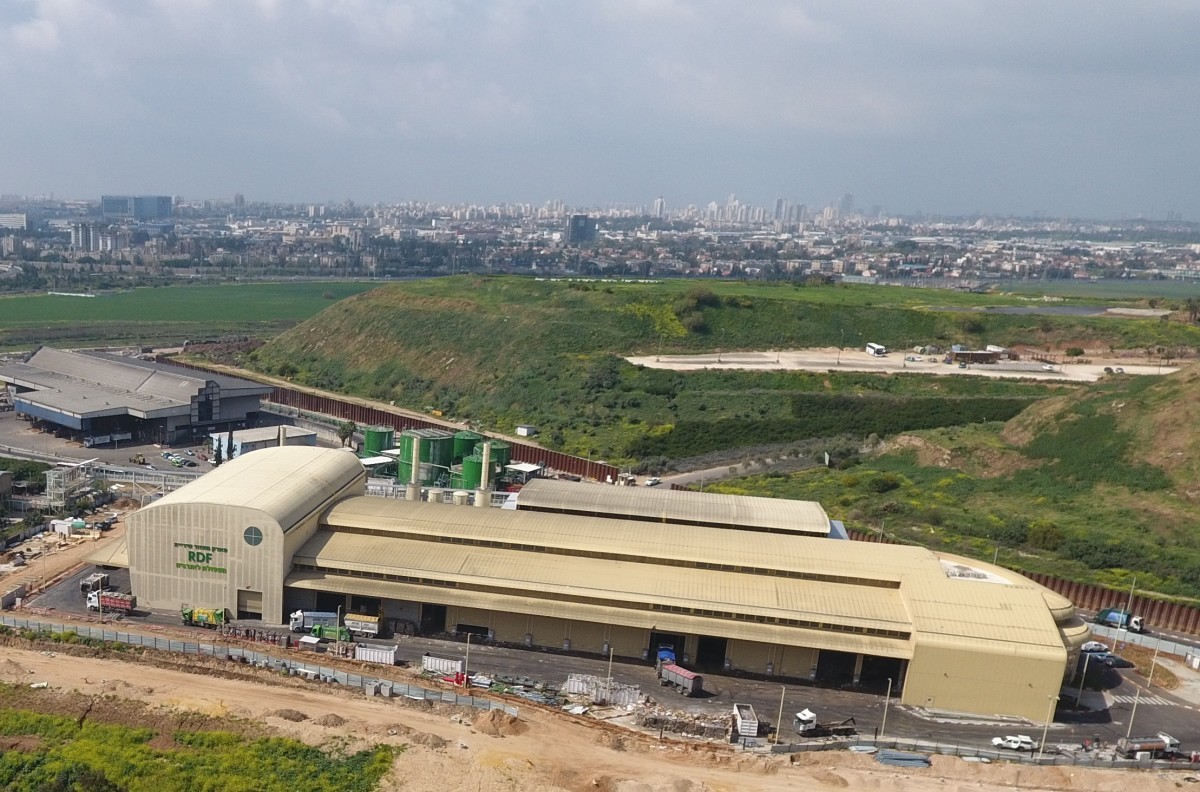

The RDF Plant - Turning Waste into Green Energy
The RDF (Refuse Derived Fuel) plant began operations in 2016 producing energy from mixed municipal waste. The plant, the largest of its kind in Israel and one of the largest in the world, actually marks a revolution in all matters concerning the concept of waste as a resource in Israel.
The RDF factory is the outcome of an agreement between three entities: the Dan Municipal Sanitation Association, the Nesher Ramla factory and Veridis Group (prev. Veolia). It cost an estimated NIS 400 million to build. The RDF factory treats 1,500 tons of waste per day, which is approximately half the daily intake of the Hiriya Recycling Park.
This is yet another step in the commitment made by the Dan region Association to promote environmental protection in Israel.
An Environmentally Friendly Alternative Fuel
The RDF (refused derived fuel) is recognized by the Ministry of Environmental Protection as an environmentally friendly alternative fuel for the production of clean energy. It emits less pollutants and toxins than fossil fuels like Petcoke, a non-renewable resource used at Nesher in its cement manufacturing process.
The new plant is expected to produce 500 tons of alternative fuel every day for use in combustion inside the cement kilns, which will replace about 10% of the petroleum-origin fuels Nesher currently uses.
The waste sorting is accomplished virtually without human intervention, using mechanical and optical technology.
Recyclables (paper, cardboard, glass, metals) and organics are separated and sent to recycling facilities.
The remaining dry waste (plastic, wood, and textile) is shredded and sent as an alternative fuel to the Nesher factory in Ramla, which is one of Israel’s largest energy consumers.
The RDF factory will be receiving some 540,000 tons of mixed municipal waste per year, where 80% of this comes from household waste (separated and mixed) and 20% is commercial industrial waste.

The sorting process:
Step 1: Unloading the waste from the municipal trucks into a “receiving pit”
Step 2: Opening bags in the household line / shredding in the industrial line
Step 3: Sorting by size in trommels
Step 4: Magnetic sorting of ferrous metals
Step 5: Sorting of non-ferrous metals through an Eddy Current
Step 6: Sorting by weight using air blowers
Step 7: Infrared optical sorting

At the end of the sorting process the waste is forwarded onwards according to the waste type.
